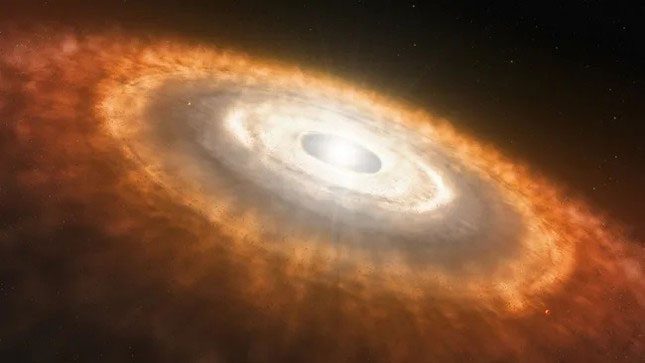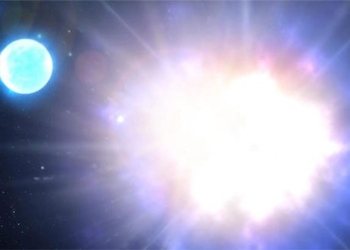The discovery by the James Webb Space Telescope (JWST) of water and other molecules in the inner region of a hot protoplanetary disk indicates that Earth-like rocky planets can form in extremely harsh environments.

Illustration of a protoplanetary disk containing gas and dust forming planets around a newborn star. (Image: ESO/L. Calçada).
In this groundbreaking discovery, the James Webb Space Telescope (JWST) has detected water in the inner region of a gas and dust disk that forms planets around a young star.
This finding is significant because water, along with other molecules necessary for the formation of worlds like Earth, has been found near some young, giant stars that emit ultraviolet radiation. Such harsh environments were previously thought to be unsuitable for rocky planet formation, but this new discovery suggests that Earth-like planets may be capable of forming in a wider variety of cosmic environments than previously believed.
These findings may also help scientists better understand how planets in our solar system formed around 4.5 billion years ago.
Lead researcher María Claudia Ramírez-Tannus, a scientist at the Max Planck Institute for Astronomy in Germany, stated: “JWST is the only telescope with the spatial resolution and sensitivity to study protoplanetary disks in massive star-forming regions.”
Ramírez-Tannus and colleagues detailed this discovery in a paper published on November 30 in the Astrophysical Journal.





















































